By learning to write an SEO-friendly article and quality content, you can rank higher on Google and increase your potential customers. To ensure that your websites rank high and you increase organic traffic, the content on the website should be optimized for both users and search engines and be of high quality at all times. Before exploring how to write an SEO-compatible article, we will briefly discuss the issues of what is an SEO article and why it is necessary to better understand the topic. All SEO operations include optimizing your websites for Google or other search engines, bringing them to the top of your competitors, and making them rank first in the search results. With the highest number of monthly individual users, Google has set more than 200 criteria to determine the ranking of websites. These criteria are regularly updated. And they may change constantly.
Don’t Forget to Create Your Headings in the Correct Order
In order to write seo friendly article in a proper way, you will need well-organized headings for your paragraphs. The most important thing about creating headings you need to know is that your headings’ structure must be comprehensible when your readers are reading your content. There are several crucial reasons for you to know why you should not ignore and forget about creating your headings in the correct order. Let’s look at these important reasons for creating accurate headings to make you understand better.
Structure
The structure of headings can be considered as ‘’icebergs’’, you are on the surface and only see things around you. However, the more you go deep into the iceberg, the more you learn about the structure of it. Heading structures start with an introduction, follow up with a body, and end with a conclusion.
User Satisfaction
Comprehensible content and well-organized headings also affect your readers’ experience of what your content is offering to them. If they can understand what they have read from your content, they will like your headings’ structure. If they cannot understand any of what they read, they will not like it, affecting user experience adversely.
Keyword Optimization
Regarding keyword optimization, it is one of the key requirements for your website’s development. Since search engines are focusing on the words, every heading has the potential to attract users to your article. If you focus on adding related keywords to your headings, you will definitely see the importance of creating correct headings.
How to Check SEO-friendly Content in WordPress
In the process of the development of your SEO-friendly website with SEO-friendly article, checking every change is required. One of the easiest ways for you to check SEO-friendly content is using WordPress. In order to check SEO-friendly content in WordPress and write WordPress SEO friendly article, you can follow the steps that will help you to check these contents:
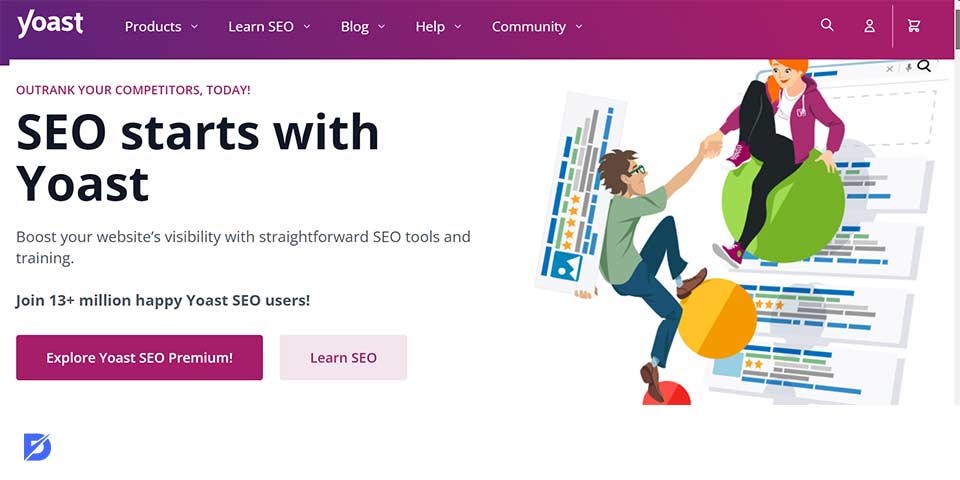
Installation of SEO Plugin
One of the best plugins you should use for SEO is the plugin called Yoast. Yoast basically provides several tools to enhance your content in order to rank your content up in search engines.
Optimize Titles
As we mentioned earlier, keywords are important, and headings are potential attention seekers for users who are searching for a certain keyword. Adjust the SEO plugin for it to make the relevant title for the content you are writing in your article.
Image Optimization
Not only can you use relevant keywords for your titles and headings but also for your images. The images with related keywords will improve discoverability.
Creating SEO-Friendly Links With Related Keywords
As the name suggests, making SEO-Friendly website links with related keywords about your content is one of the most important steps for you to check SEO-Friendly content.
Mobile Optimization
Since the mobile user percentage is higher than the desktop user percentage, having mobile optimization for your content is extremely important. The most important step among these steps is adjusting your website content for mobile users. The best way to understand if the content is SEO-friendly or not is to check if that content is mobile-friendly or not. Use our mobile-friendly test tool!
Use The Tools
Some tools can help you with your SEO-friendly article. Let’s look at these tools:
- Yoast: Yoast is a WordPress plugin specially created for website optimizations and assisting websites to rank up in search engines. The best thing about Yoast is its regular updates based on user feedback.
- Surfer SEO: Surfer SEO aims to offer recommendations by searching popular content for related keywords.
- MarketMuse: Focuses on the topic and creates content that revolves around a certain topic.
- CoSchedule Headline Analyzer: CoSchedule aims to determine the utility of the headlines.
- Google’s Structured Data Testing Tool: Google’s structured data testing tool aims to check data markup correctly.
- Portent’s SERP Preview Tool: When you adjust your title and description for your content, this tool helps you to check how these things will appear. Previewing the title and description structure will help you attract the kind of user base you would expect.
The Most Critical Aspects for Ranking High
However, your content is the most critical aspect that directs the user to the site and positively affects the SEO operations. It is essential that when you write an SEO-friendly article, it is both quality and responsive to the users’ requests and also optimized for search engines.
You can examine the details of an SEO-friendly article through the addresses we’re going to list below. You can learn how to write one of them on your right now. No matter how high-quality your content is, your rankings won’t go far if it does not match the minimum requirements of an SEO-friendly article.
For this reason, it’s crucial to grasp that quality content is important, as well as producing it in an SEO-friendly way. By getting your site above your competitors on search queries through SEO efforts, you can positively impact organic traffic and reach your potential customers more efficiently.
How to Write an SEO-Friendly Article
Let’s take a little stroll through the eyes of the users before writing SEO-friendly articles. Let’s assume that you’re an internet user and you’re searching for “how to freeze your social media accounts.”
When the user cannot find this information on your site, he or she will immediately leave your site. User behavior is one of the most critical factors affecting a site’s rankings when deciding to write an SEO-friendly article.
- Therefore, your content must be capable of keeping users within the site. It should be equipped with accurate and detailed information.
- In addition, users search for information in the article instead of reading long articles and then immediately exiting the site.
- You should also set eye-catching visuals and titles so that the user does not leave the site shortly.
15 Golden Rules of SEO-Compatible Articles
No matter how high-quality your content is, if your SEO is not done or done incorrectly, your site ranking will be adversely affected.
SEO operations are absolutely necessary to ensure that your website is above your competitors in search engine queries. Optimizing the content, which is one of the essential parts of SEO, will have a positive effect on the rankings. Through this subheading, you can review the 15 golden rules that are essential for writing SEO-friendly articles.

Analyze Before You Start
- Analyze Your Competitors: Before you start writing content, search the subject of content on search engines to analyze how the first competing pages prepared the content and what keywords they used. By conducting an SEO competitor analysis with the help of various tools, you can get your work on a strong foundation. Also, Dopinger has its own Competitor Analysis Tool.
- Perform Keyword Analysis: After performing a competitor analysis, you can also complete a keyword analysis to use in your content through the analysis tools that you can find online. It is essential to use your keywords correctly and sparingly in the article. You can review the necessary details to consider when using your keywords. We listed all of them down below.
- Keywords should be placed naturally in writing. This means that the use of consecutive keywords can cause your site to be perceived as spam.
- You can style keywords according to your preference, such as underlined, bold, or italic.
- Embed the same words or phrases that you identify with the help of an SEO analysis tool without using any additional adjectives.
- Your target keyword is the exact keyword that reflects the topic. Include your target keyword without an attachment in the article’s title and some of the subheadings. It is also imperative that the target keyword appears as it is in the first 10% of the content.
- Insert all other keywords only once or twice in the text. You can pass your target keyword more than once compared to your text length. Yoast’s guideline is a great piece of information regarding this issue.
- Finally, avoid using excessive or unnecessary keywords depending on the length of the text when writing an SEO-friendly article. Always stay on track.
Beware Keyword Stuffing
Please don’t forget that keywords can make or break your article in terms of SEO. If you can’t get them right, all of your efforts may be in vain. However, it is a fact that the days of keyword stuffing are gone. Therefore, you shouldn’t expect to stuff your article with keywords and overtake your competitors on search queries.
This action will only result in a manual or an automatic penalty you’ll receive from Google. In extreme cases, your sites may even get deindexed for good!
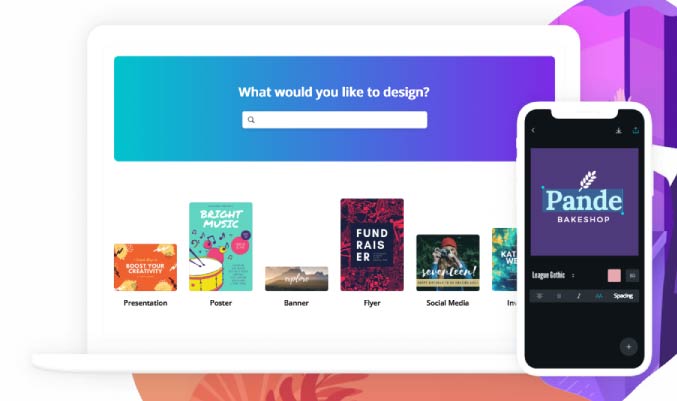
The Essentials
- Specify Post Length by Subject: It is a positive approach to discuss and explain a subject in all its details. However, if the article is unnecessarily long and goes out of the subject, you will regret this. Because when someone visits your page, they won’t be able to find the topic they are looking for among the blocks of text. Therefore, you should determine the length of the text before, and you shouldn’t go into other subjects to stuff your article.
- Determine Title and Description Length: The title and description length, which is fundamental for SEO, must be determined correctly. The title should be a maximum of 70 characters at most, and the description should be between 130-160 characters. Be sure to include the target keyword in both sections.
- Be Authentic: No one expects you to be a Dostoevsky, but the content you write should always be original. Don’t spin content. You can learn general information about the subject by researching different websites. Those pages will come up on Google queries, and you should start comparing them.
- Pass the Keyword Exactly in One of the H2s: The target keyword must be included in its original shape in the main title and at least one of the subheadings. This will help you to guide the search engine bots.
- Add a Heading in Every 200-300 Words: You can open a heading in 200 or 300 words by the subject if it requires you to do so. You do this because you don’t want users to get bored while reading. Also, search engine spiders will have an easier time indexing your page because you guide them through the page; this is also the same for users. This will make reading more comfortable and positively affect the user experience.
Strengthen Your Content
- Create Visuals Related to the Subject: Creating remarkable and original visuals regarding the subject is one of the little details that will strengthen the content. Creating eye-catching visuals that will ensure that content is not perceived as boring in users’ eyes is essential. In that way, the user stays on the page for a long time, and it will make a positive contribution. You can make your images SEO compatible by including the alt and title tags to the images. Canva is a great tool to prepare original visuals for your articles.
- Add Related Video Content: Finding related videos is also a way to strengthen the content and keep users on the page for longer. Furthermore, additional points for you if you own the videos.
- Use Bullet Points or Numbered Lists: You can make your content easier to read and grasp by implementing the help of bullet-pointed or numbered lists. This is one of the features that strengthen the content. Also, we know that search engines prefer those lists.
- Create an FAQ Section: Answer the most frequently asked questions about the subject regarding your content. You can easily identify the most frequently asked questions with the help of analysis tools. If general questions are found in your content, it will be sure that your article will fight for the top spot on search queries.
Optimizing the Article
- Use Internal Links: Internal links are URLs you embed to a word or phrase in the article that redirects you to other content within the site. Instead of linking to a word, a link in the form of an open URL can also be used. Also, you include a link in images too.
- Use Outbound Links: Outbound links are links that will gain the trust of search engines. However, it would help if you were careful in applying outbound links early on because it can make users leave the page early on. Therefore, embedding links at the end of a post reduces the bounce rate of users. These links are essential because they show the bots and the people that you’re not making all that up, and you have a reference point. In the same way, you can show outbound links as open URLs.
- Take Advantage of Yoast SEO: You will find the Yoast SEO plug-in extremely useful when acting to write an SEO-friendly article. It also allows you to complete and review all activities quickly, and it warns you against any issues you may have with your content regarding internal SEO.
- Check, Edit, & Revise: Check all SEO criteria and writing techniques you’ve applied during the last phase. Edit if there are errors. Your SEO-friendly article won’t be ready any time soon if you don’t edit and check the content carefully. By posting now, you can expect it to take its place on the search queries.
Finally, you can take advantage of the “Fetch” feature with the help of the Google Search Console to get instant indexing to prevent content from being played. With this feature, Google bots will immediately crawl the page and rank your content based on these criteria.
Frequently Asked Questions About
To put it simply, SEO-friendly content is made to be comprehensible by the ones who use it and provide an improvement in search engine rankings. It aims to optimize certain keywords for certain website’s content and structure of a content.
Well, if you cite the source and use some sort of quote block, you can take information from other sources for your article. However, if you do not get the original owner’s consent or state that this particular person owns it, you may get in trouble.
Unfortunately, no. And that’s the fun part of SEO. You don’t know anything about it, and success is not guaranteed. The criteria we mention change daily, and Google constantly updates its algorithm. You can only optimize your chances and hope for the best.
It is crucial because SEO mainly assists you in ranking in search engine results and providing relevant users with your content. Basically, it increases the discoverability of your content by users and enhances the user experience.

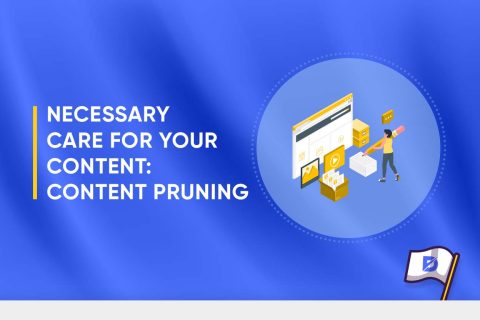
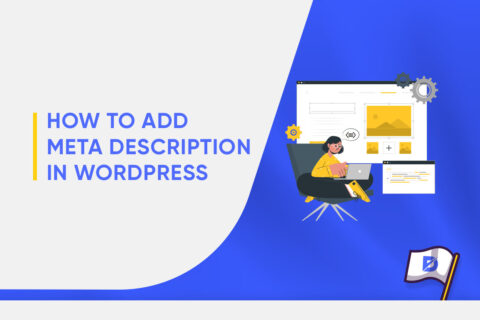
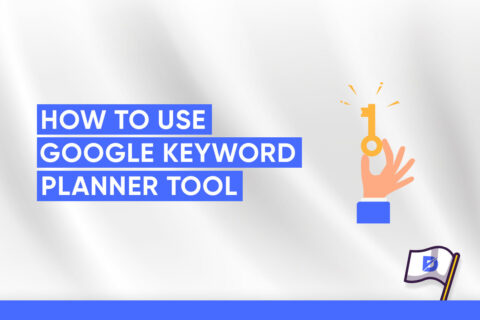
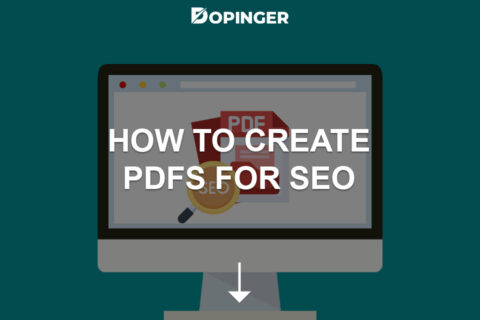
No comments to show.